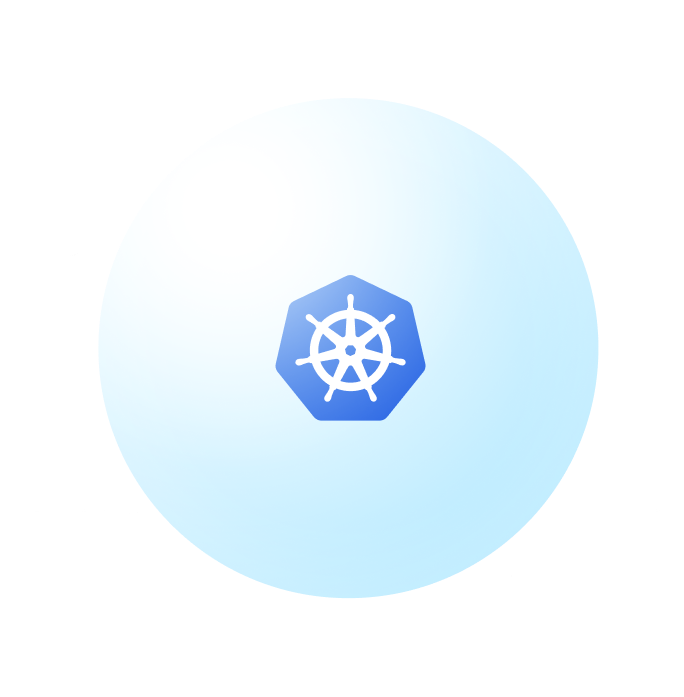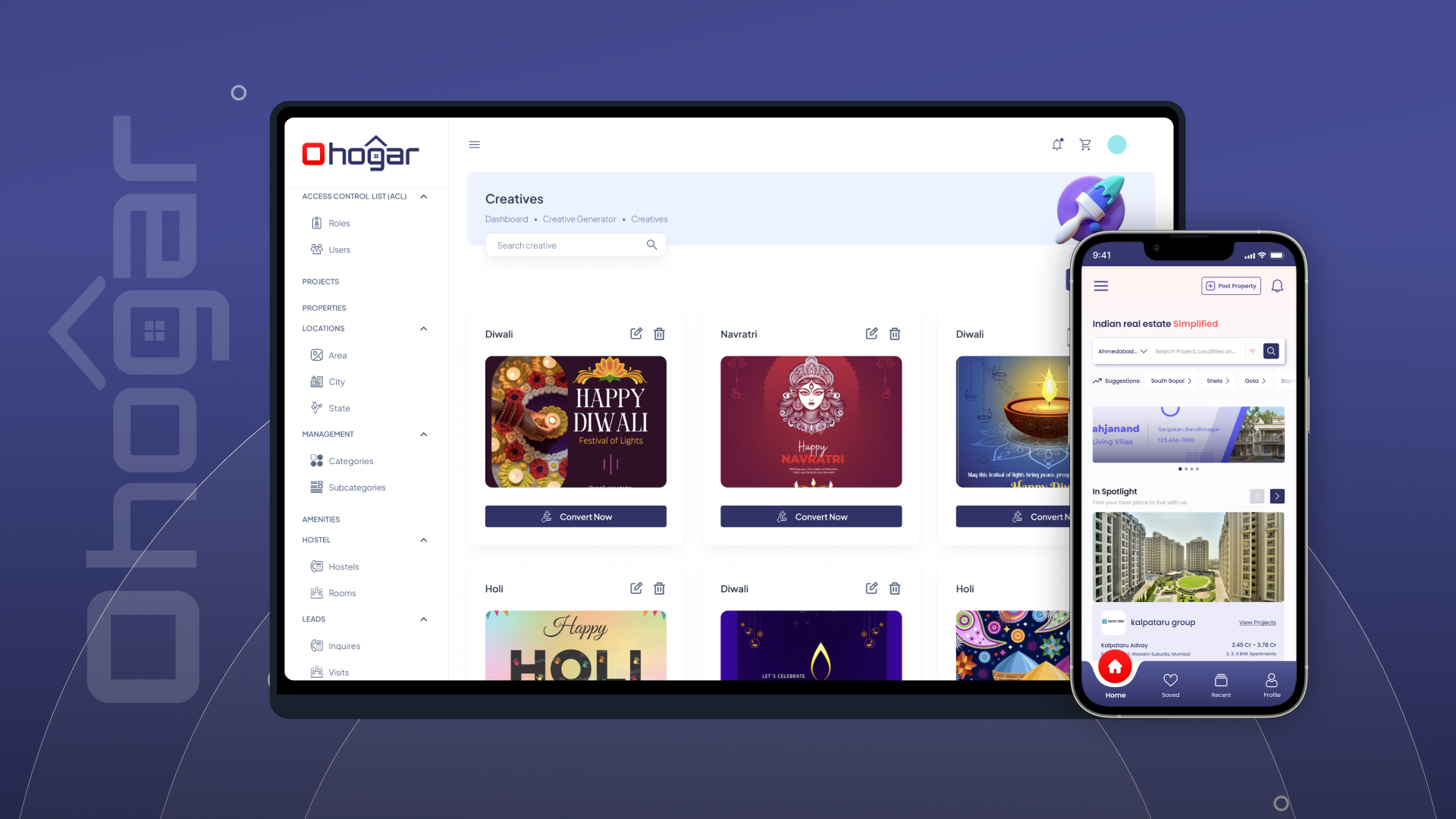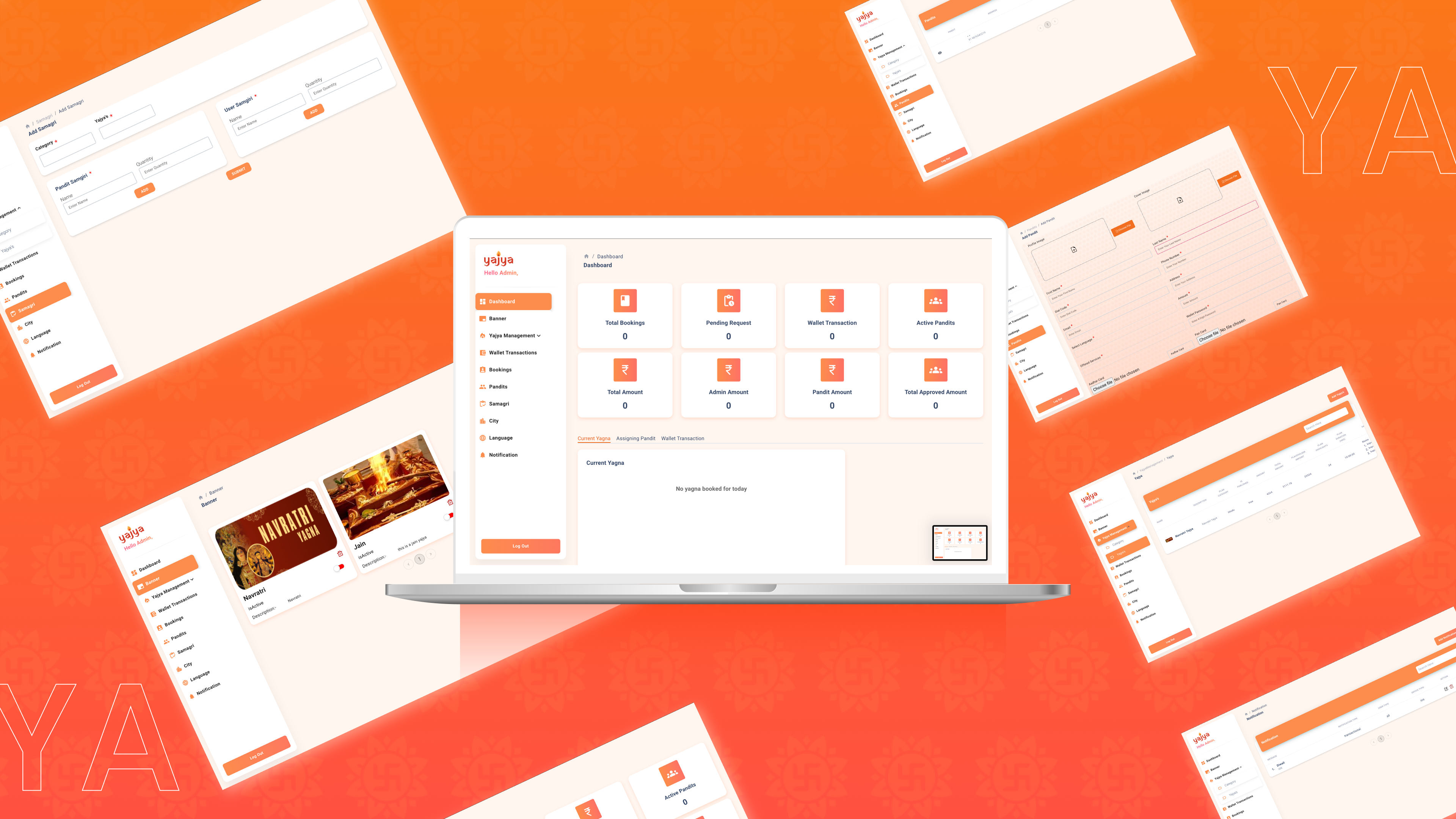
We ensure a seamless Jira deployment, configuring it to align with your business processes for optimal workflow management.
Enhance efficiency with tailored automation rules, reducing manual work and ensuring smooth task transitions.
Leverage Jira’s Agile and Scrum tools for sprint planning, backlog management, and real-time progress tracking.
Integrate Jira with essential tools like Confluence, Bitbucket, Slack, and third-party applications to create a connected ecosystem.
Gain valuable insights with customizable dashboards and reports to track team performance and project progress.
Secure your projects with customizable permissions, ensuring data privacy and access control based on user roles.
Seamlessly integrate our top-tier developers into your workflow.
Boost your team’s capabilities without the overhead of full-time hires.
Access on-demand expertise whenever you need it.






















Kubernetes is an open-source platform for automating the deployment, scaling, and management of containerized applications.
Kubernetes orchestrates containerized applications across a cluster of machines. It automates tasks like scheduling containers to run, managing service discovery, scaling, and handling updates or rollbacks.
Pods are the smallest deployable units in Kubernetes. They encapsulate one or more containers and share the same network and storage resources.
A Kubernetes cluster is a group of nodes (machines) that run containerized applications. It consists of a control plane that manages the nodes and their workloads.
A node is a worker machine in a Kubernetes cluster, which can be either a virtual or physical machine. Each node runs pods that Kubernetes schedules.
kubectl is the command-line tool used to interact with Kubernetes clusters, allowing you to deploy applications, inspect and manage resources, and view logs.
Kubernetes can automatically scale applications up or down based on metrics like CPU usage. This ensures your app can handle traffic fluctuations efficiently.
Kubernetes services are used to expose your application to external traffic and enable communication between different components of your app, ensuring stable networking across the cluster.
Helm is a package manager for Kubernetes, used to define, install, and manage applications via "Helm charts," which package Kubernetes resources into reusable templates.
StatefulSets manage the deployment of stateful applications, ensuring stable network identity and persistent storage for pods. They are used for databases or other apps that require consistent storage.
All copy right reserved 2025 @CodnestX